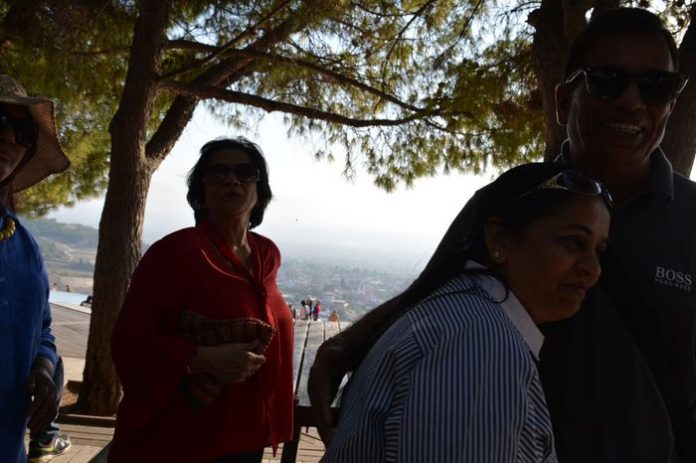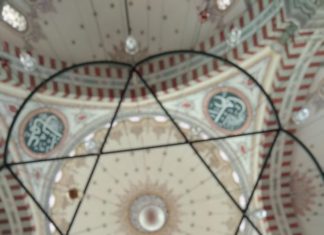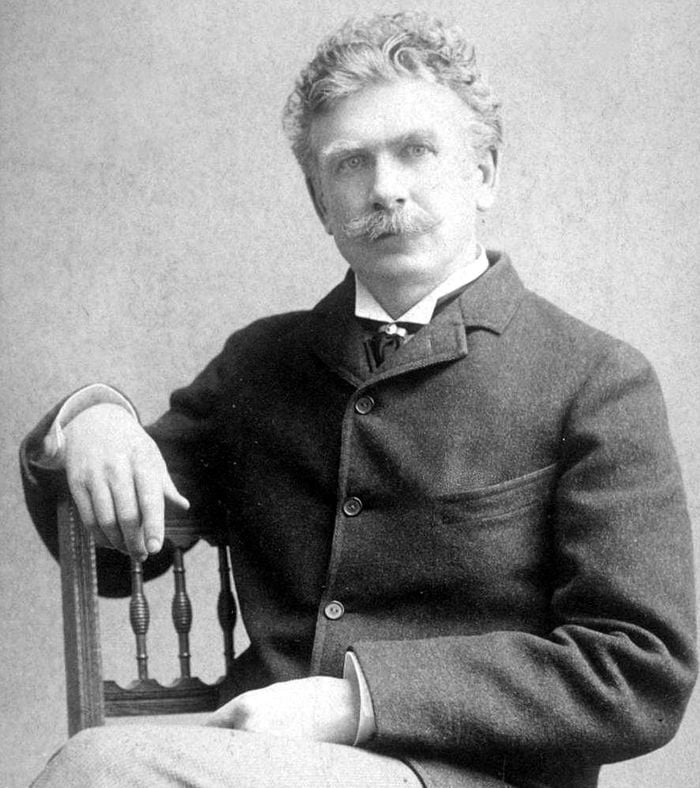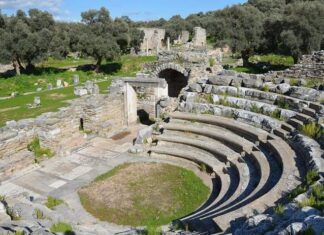Insights into Professions and Stories
Exploring Artistic Narratives on Tombstones
Nautical and Military Tributes
Discovering the profession of the deceased is often possible through elements on tombstones. Tombstones for fleet commanders, for instance, frequently take the form of a broken sail mast, symbolizing the loss of a sailor. Some tombstones feature reliefs of artillery cannons and cannonballs, indicating a military background. Even medals are engraved on certain tombstones Read More about KARS CASTLE. An intriguing example is a prince’s tombstone with a rope engraving on the neck portion, suggesting a tragic end by strangulation.
Bridal Veils and Broken Rose Buds Artistic Elegance
Tombstones also showcase artistic details, such as one at the Süleymaniye Mosque, planted in the grave of a girl who died at the age of marriage. A column-like tombstone with an engraved bridal veil resembling a real veil adds a poignant touch. Additionally, a broken rosebud on the foot şahide introduces a delicate yet meaningful detail.
Guardians of the Soul
Another common object found on tombstones is the dagger. Symbolizing gods, emperors, sovereignty, and bravery, daggers are believed to protect the soul from supernatural threats Turkey Private Guide, leading to their frequent illustration on tombstones.
Spiritual Orientation
Tombstones featuring mosque illustrations, primarily found in Western Anatolia, indicate that the deceased lies in the direction of the kiblah, emphasizing perpetual prayer. Explaining the multitude of symbols on Ottoman tombstones in this brief article is challenging, as there are hundreds of objects with various meanings. This article focuses on the most significant symbols. While some view Ottoman tombstones as works of art with deep meanings assigned by ancestors, others dismantle and repurpose them as debris in constructing new graves.








